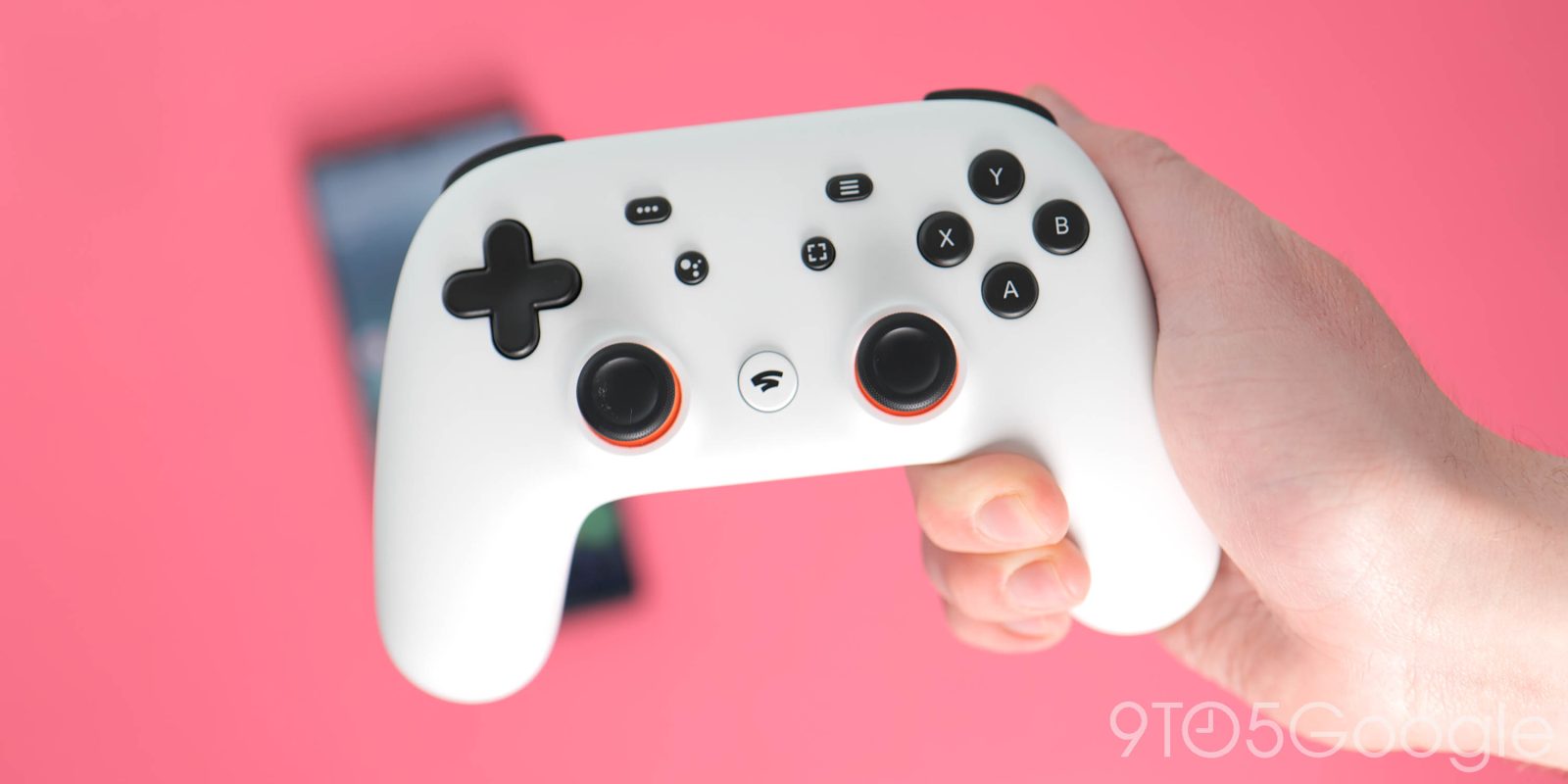
Google Stadia died a few months ago and, while it’s pretty obvious what killed it, newly revealed comments from former product lead Dov Zimring helps shine a spotlight on what ultimately kept the platform from continuing on.
In court documents from the FTC vs Microsoft case, Google Stadia’s former product lead Dov Zimring was called to discuss the cloud gaming platform and competition in the gaming space. This led to several comments on why Stadia couldn’t compete in the industry from Google’s own point-of-view.
Apparently, Google “revised” the business plans for Stadia in February 2021 (around the time that Stadia Games & Entertainment studios were shuttered) that lowered subscriber goals for the platform as well as pushing Immersive Stream for Games, the white-labeled service that allowed developers to run game demos using Stadia tech as used by AT&T and Capcom for a brief time.
Yet, despite the “drastic reduction” in expectations, Google Stadia still lacked enough players to have a viable business. Zimring explains:
Even with this drastic reduction in expectation and the scope of the service, Stadia was unable to attract enough subscribers to maintain a viable business. Without any clear path to reaching a critical mass of subscribers, Google announced on September 29, 2022, that Stadia would shut down in January 2023.
As discovered in previous court documents, Stadia held just 10% of the cloud gaming market, and was at one point reported to only have around 750,000 subscribers in its earlier days, well short of a 1,000,000 target. Destiny 2 also offered a good hint at Stadia’s all-time player count, painting a dismal picture of the platform’s popularity.
Zimring goes on to explain that Stadia’s low player count led to struggles with getting AAA games on board, which in turn made Stadia less attractive as a platform for developers to port their games over.
Developers who owned the most valuable video game content explained their decision whether to port a game onto a new platform like Stadia was driven by the growth potential of their games on the emerging service. Stadia’s lack of important AAA content created a self-sustaining cycle whereby players would not subscibe to Stadia because of the lack of AAA games, and in turn many AAA games developers would not develop games for Stadia due to its small user base.
Activision, before Microsoft was keen to acquire it, was apparently in talks with Google Stadia for quite some time and “regularly requested updated subscriber figures,” but never reached an agreement with Google due to the “low subscriber count.” Zimring adds that Microsoft’s acquisition of Activision will make it “more difficult for existing and new platforms to attract users and compete against Microsoft’s services.”
Top comment by Bot1
There were a couple of items that were a direct cause to the fall.
Marketing was so scarce that not many people even knew what this was, more people knew what GeForce Now.
Games - even though there were plenty to chose from missing AAA titles was massive.
Cross Play was the deal breaker for me. Without being able to play with my friends via cross play on either the Computer or a Console on all the games shown me that this is not a viable solution at this time. Even though the performance was really good on all devices that I played it on.
Google was Google and let it die. This massive investment of time and money, was basically a Beta Project that could have worked if they had a large enough/dedicated team to actually move this along.
During Stadia’s final months, a vocal minority of the platform’s most devoted fans tried to paint a picture that Stadia’s subscriber numbers weren’t all that bad, using active players and leaderboards to try and estimate the total number of subscribers. But, ultimately, it’s obvious that Stadia struggled tremendously to keep players on the service as Zimring’s comments confirm, and as was rather easy to see outside of the echo chambers that developed in Stadia’s fanbase.
At this point, Stadia has been dead for several months, and Google has moved on to some other gaming projects such as Google Play Games on Windows, “Playables” on YouTube, and more.
You can read Zimring’s full comments here.
Thanks, Duncan!
More on Cloud Gaming:
- Gylt, Stadia’s first exclusive, arrives on PC and consoles July 6
- Jedi Survivor’s wild storage requirements remind me why I miss Stadia
- Sony starts testing cloud gaming with PlayStation 5 games in 4K with cloud saves
FTC: We use income earning auto affiliate links. More.



Comments